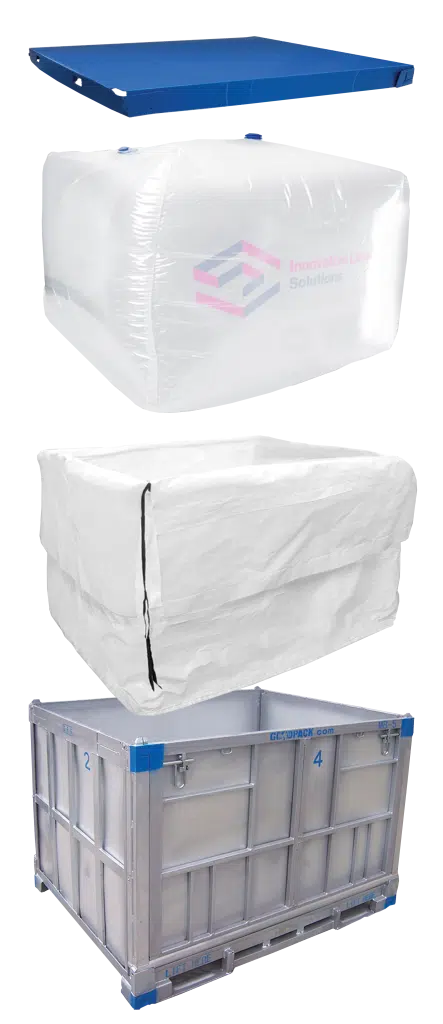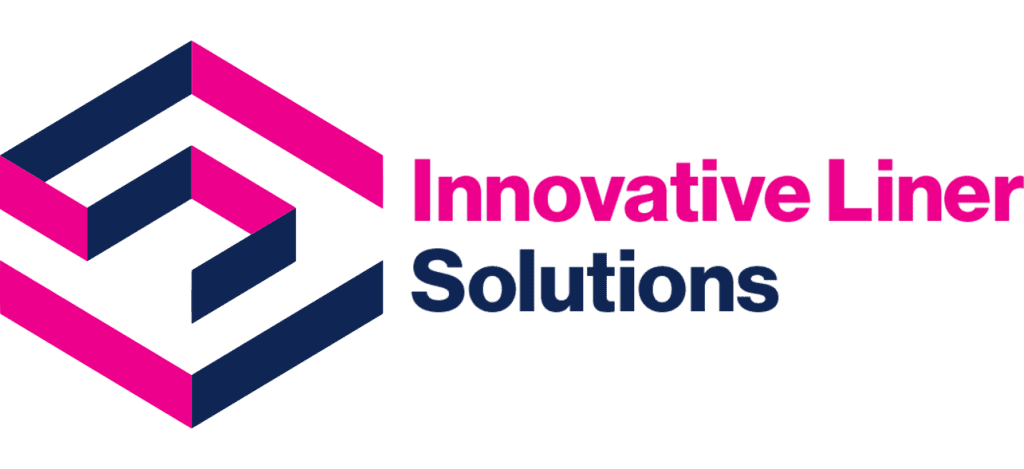
The Basic Structure of an IBC
An IBC typically consists of a rigid frame, often made of high-density polyethylene or metal, supported by a pallet-style base for easy handling. This structure provides durability and allows for stacking, but by itself it does not guarantee product safety. Liquids can place significant stress on container walls, and exposure to contaminants during filling, transport, or storage is a constant risk. This is where protective packaging components come into play.
The Role of the Protective Container Liner
One of the most important extra components is the protective container liner. This liner acts as a barrier between the product and the inner walls of the IBC. Without it, there is a higher risk of contamination, residue buildup, or chemical reactions with the container material. A polypropylene container liner, for example, provides resistance to many chemicals while maintaining a hygienic surface for food-grade products. By using liners, businesses can extend the life of their IBCs, reduce cleaning needs, and ensure product purity.
Why IBC Dunnage Boards Are Needed
Liquids exert pressure in all directions, and without proper support, this can strain liners and weaken containers over time. IBC dunnage boards help distribute weight evenly, reducing pressure points and preventing liner damage. They also stabilize the container’s interior, ensuring that the liner and product remain secure throughout transport. Dunnage boards are particularly valuable for industries dealing with heavy or viscous liquids that can place extra stress on container walls.
The Function of IBC Base Pads
The bottom of an IBC is especially vulnerable during handling, stacking, and transport. This is where IBC base pads provide protection. By cushioning the base, they reduce friction, wear, and potential punctures that could compromise the liner. Base pads also help stabilize the container during movement, ensuring the liquid remains evenly supported. In combination with dunnage boards, base pads provide comprehensive support from the bottom up.
The Importance of IBC Top Lids
Sealing the container from above is just as important as reinforcing it from below. IBC top lids and IBC container lids protect the opening of the container, preventing contaminants such as dust, debris, or airborne particles from entering. They also help secure the liner in place, reducing the risk of shifting during transport. For industries that demand strict hygiene, such as food and cosmetics, top lids are an essential component.
When to Use Open Top Liners
In some cases, standard liners may not provide enough accessibility. Open top liners are designed to simplify the filling and replacement process. They are especially useful for thick or viscous liquids that require wide openings for handling. By making installation easier, open top liners reduce downtime and ensure that products can be filled and discharged efficiently. This makes them a valuable option for businesses that frequently change liners or work with challenging products.
How Bulk Liquid Packaging Components Work Together
Each component plays a unique role, but it is their combined use that ensures an IBC functions effectively. Liners protect against contamination, dunnage boards distribute weight, base pads prevent wear, and top lids seal the system. Together, these bulk liquid packaging components create a complete solution that addresses every potential risk during shipping and storage. Without them, the IBC would lack the protection necessary to guarantee product quality.
Benefits Across Industries
The need for extra components is consistent across industries, but each benefits in different ways. In food and beverage, they ensure edible products remain uncontaminated. In chemical transport, they provide resistance against corrosion and spills. Cosmetics companies rely on them to maintain the quality of creams and gels, while automotive manufacturers depend on them to keep lubricants and coolants secure. The versatility of these protective supplies is what makes them so essential in modern logistics.
Sustainability Advantages
Using protective packaging supplies also supports sustainable business practices. By reducing liner damage and container wear, components like base pads and dunnage boards extend the lifespan of IBCs. Liners minimize the need for water- and chemical-intensive cleaning, while lids reduce waste from contaminated shipments. Together, these materials allow businesses to reduce resource consumption and align with environmental goals without compromising safety.
Comprehensive Guide To IBC Packaging Materials And Components
Choosing the right combination of components requires understanding the specific product being shipped, the shipping environment, and industry standards. Some applications may require polypropylene liners, while others may benefit from open top liners or additional reinforcements. For a detailed overview of all available options, businesses can reference the Comprehensive Guide To IBC Packaging Materials And Components, which provides valuable insights for selecting the most effective system.
Why Work With Innovative Liner Solutions
Innovative Liner Solutions offers a complete range of IBC protective packaging supplies, including liners, dunnage boards, base pads, top lids, container lids, and open top liners. Their expertise ensures that businesses receive tailored solutions to protect their products, meet regulatory standards, and streamline operations. By partnering with a provider focused on safety, efficiency, and sustainability, companies gain confidence that their bulk liquid packaging is secure from start to finish.
Conclusion
IBCs require extra packaging components because the container alone cannot guarantee product safety or cleanliness. Protective liners, dunnage boards, base pads, top lids, and open top liners all serve vital functions that work together to protect both the container and its contents. These components reduce contamination risks, extend container life, and improve efficiency across industries. By understanding their importance and selecting the right system, businesses can ensure that their products are shipped and stored safely every time.
For expert guidance on selecting IBC packaging materials and protective systems, contact Innovative Liner Solutions today at (815) 963-9525.

